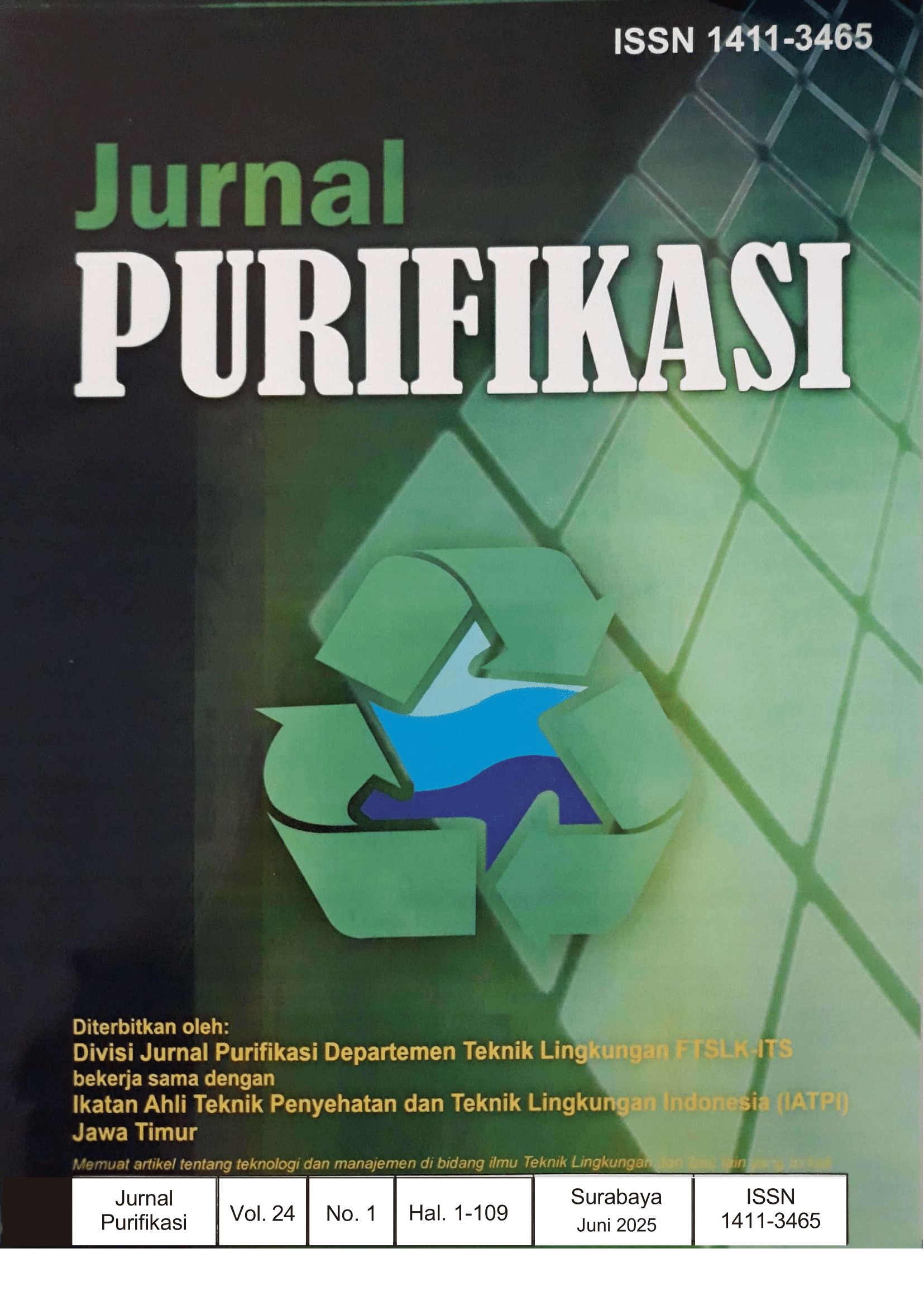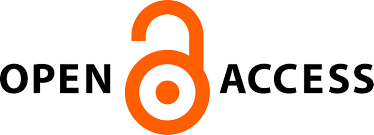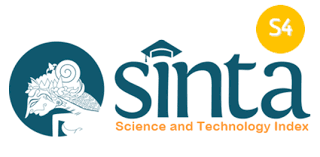EVALUATION OF THE WASTEWATER TREATMENT PLANT AT SANITATION UNIT SOEKARNO-HATTA INTERNATIONAL AIRPORT
Main Article Content
Abstract
The growing demand for rapid transportation has led to a significant rise in air travel, positioning airports as critical hubs of human mobility. This increase in airport users has consequently escalated clean water consumption, primarily due to public lavatory use and airport operational needs. As water usage rises, wastewater generation also increases, necessitating effective treatment through preliminary systems and wastewater treatment plants (WWTPs). This study begins by collecting data on passenger arrivals and departures to project airport population and estimate wastewater generation and distribution for the year 2034. Wastewater sampling was conducted to analyze key parameters, including pH, TSS, BOD, COD, ammonia nitrogen, fats and grease, total coliform, odor, and temperature, using accredited laboratory methods. Field observations, interviews, literature reviews, and questionnaires were used to complement the data. The estimated wastewater generation for 2034 is 259 m³/hour, which remains within the WWTP’s design capacity of 516.6 m³/hour. Wastewater distribution is appropriately maintained, with pipeline flow velocities not exceeding 0.3 m³/s. However, the absence of measured flow data limits direct validation of distribution estimates. Evaluation of wastewater quality indicates that preliminary treatment systems, such as grease traps and delaceration units, contribute to reducing pollutant loads prior to WWTP entry. Most quality parameters meet regulatory standards, though total coliform levels from October 2023 to March 2034 exceed the Indonesian Ministry’s threshold of 1,000 MPN/100 mL. Nevertheless, the average value of 1,716 MPN/100 mL remains within the allowable limit of 2,000 MPN/100 mL for alternative testing methods.
Downloads
Article Details
Submission of a manuscript to Jurnal Purifikasi means that the work has never been published in another journal and is not under consideration for publication elsewhere. The author hereby agrees to submit the copyright of the manuscript and its contents to Jurnal Purifikasi, if accepted for publication. Accepted manuscripts will be published in printed form where the ISSN is bound in printed form, not in online form (pdf). Authors are not allowed to publish their work in other forms (journals) without permission from the Jurnal Purifikasi manager.
By submitting a manuscript, the author is deemed to know all the rights and obligations attached to each manuscript.








